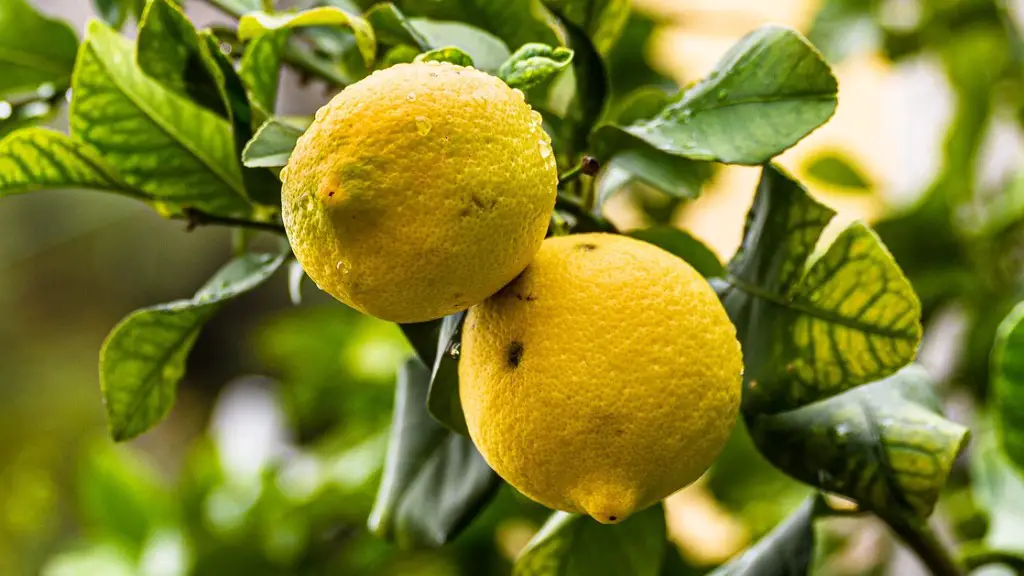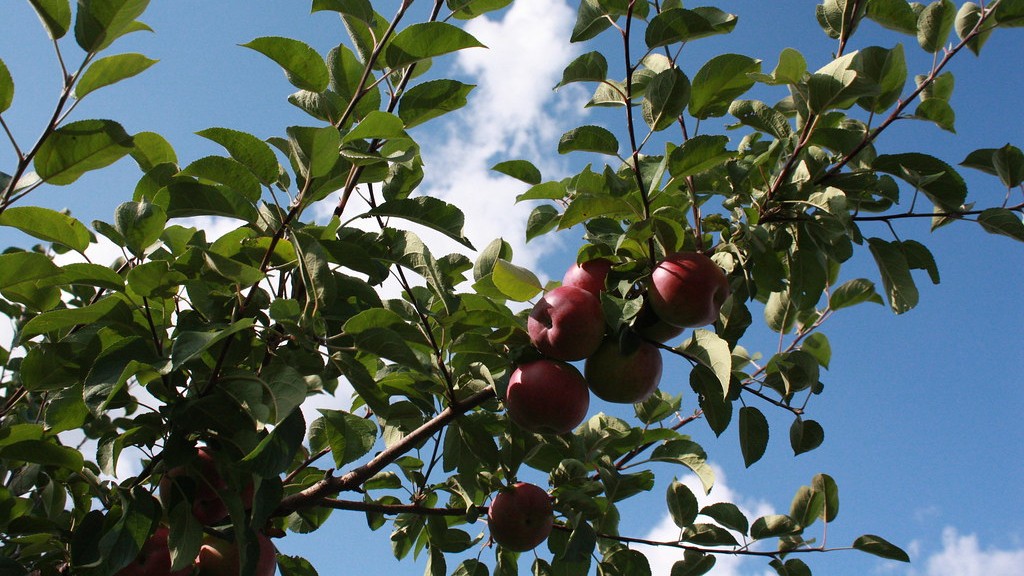Getting Started
Avocado trees are a favorite of many home gardeners because of their tasty fruit, easy growing requirements, and potential for success in warm climates. But how long does it take for an avocado tree to grow?.
Avocado trees can take anywhere from 3 to 7 years before they begin to bear fruit. The exact time frame depends on a number of factors, such as the type of tree, its growing conditions, and the amount of time and effort invested in providing it with the right care.
Avocado trees benefit from being grown in warm and humid climates. In tropical or semi-tropical areas, they tend to grow quicker with larger yields. Avocado trees can grow in a wide range of temperatures and soils, but they require lots of water and fertilization to remain healthy and productive.
When planting an avocado tree, it is important to select a variety that is well-suited for your particular climate. For example, some varieties are more tolerant of cold temperatures and can survive winter frost, while others are heat-resistant and thrive in warm, tropical climates.
To give an avocado tree the best chance of success, start by selecting a healthy sapling from a reputable nursery. Then, make sure to provide it with optimal growing conditions, such as well-draining soil, adequate sunlight, and plenty of water. Regular pruning and fertilizing can also help to speed up the growth of an avocado tree.
Finally, remember that patience is key. Despite the best efforts of a gardener, an avocado tree can take a few years before it begins to bear fruit. With luck, it could start producing avocados in as little as three years.
Pruning and Fertilizing
Pruning is an important part of caring for an avocado tree, as it helps to promote strong and healthy growth. Pruning will not only help to shape the tree and train it to produce larger and more abundant yields, but it can also improve air circulation between branches and help to prevent disease.
Avocado trees need plenty of nitrogen, phosphorus, and potassium for healthy growth and fruit production. To supply your tree with the essential nutrients, use a fertilizer that is high in these components. Fertilizing an avocado tree every two to four weeks depending on the season will reduce the time it takes for the tree to mature and bear fruit.
It is best to use a balanced fertilizer that supplies the tree with the right amount of nitrogen, phosphorus, and potassium. Avoid fertilizers with an excessive amount of nitrogen, as this can promote an excessive amount of foliage growth with fewer fruits.
Another important element to consider when fertilizing an avocado tree is the type of soil it is grown in. Soil that is rich in organic matter will provide the tree with most of the nutrients it needs. However, if the soil is depleted or of poor quality, it might be necessary to supplement the fertilizer with additional nutrients.
Watering
Avocado trees require plenty of water for healthy growth and fruiting. Depending on the climate, the avocado tree will need anywhere from one to two inches of water per week. If rainfall is lacking, supplement it by hand. If the soil is sandy and drains quickly, the tree might need more water.
Soil moisture levels should be monitored in order to ensure that the tree is getting enough water. To do this, insert a finger into the soil up to the second joint. If the soil is cold and wet, it is probably receiving too much water. If the soil is dry and crumbly, the tree has likely not been watered enough.
When watering, try to avoid wetting the leaves and flowers of the tree. This can cause fungal diseases such as anthracnose, powdery mildew, and leaf spot. The best time to water an avocado tree is in the early morning or late evening, as the cooler temperatures help to reduce the risk of diseases.
Growing in Containers
Avocado trees can be grown in containers, giving gardeners with limited space the opportunity to produce avocados at home. Though growing in a pot will take longer, it can be done with the right conditions and effort.
When selecting a pot, pick one that is deep and wide enough to accommodate the tree’s root system. A pot with drainage holes at the bottom is also required, as it will help to prevent waterlogging. Additionally, use a soil mix that is designed for container plants and fertilize regularly.
Avocado trees grown in containers need more regular waterings than those planted in the ground. Check the soil every few days and water when the top inch is dry to the touch. In the winter months, allow the top inch of soil to slightly dry out between waterings.
Container-grown avocado trees may take up to 8 years before they begin to produce fruit. With the right conditions, however, it is possible to produce an abundance of avocados in as little as 4 to 5 years.
Diseases and Pests
diseases and pests are two of the biggest threats to avocado trees. Common pests include mealybugs and scale insects, both of which can cause damage to the leaves and fruit if left untreated.
Likewise, fungal diseases are another problem. Anthracnose, powdery mildew, and leaf spot are the most common diseases and are usually caused by poor growing conditions, such as excessive water and lack of sunlight.
To prevent and control pests and disease, keep plants properly pruned and watered. Make sure there is adequate air circulation around the tree, and be sure to fertilize the tree regularly. Additionally, keeping the area around the tree clear to reduce the number of pests and diseases that can cause an infestation.
Finally, inspect the tree regularly for signs of damage or disease. If you notice anything unusual, take steps to prevent it from spreading. Contact a professional if needed.
Harvesting
When it comes to harvesting an avocado tree, timing is everything. Avocado fruit should be picked when they are just ripe, as they will not become any sweeter after harvest. One way to tell if an avocado is ready is to gently squeeze the fruit; if it gives slightly to the touch, then it is ready to pick.
If the fruit is difficult to remove from the tree, use a pruning shear or a pair of long-handled picking tongs. You may also use a ladder to reach the higher branches, if needed. Finally, try to avoid damaging the fruit while it is still on the tree.
Fruit that is ready to be harvested should be used shortly after. If it is not needed immediately, it can be stored in a cool area away from direct sunlight. Avocado stored at room temperature will ripen within a few days.
Conclusion
Overall, avocado trees can take anywhere from 3 to 7 years before they begin to bear fruit. With the right selection of tree, optimum growing conditions, and regular care, however, the time can be reduced significantly. With patience and dedication, it’s possible to produce an abundance of avocados in as little as 3 to 5 years.




